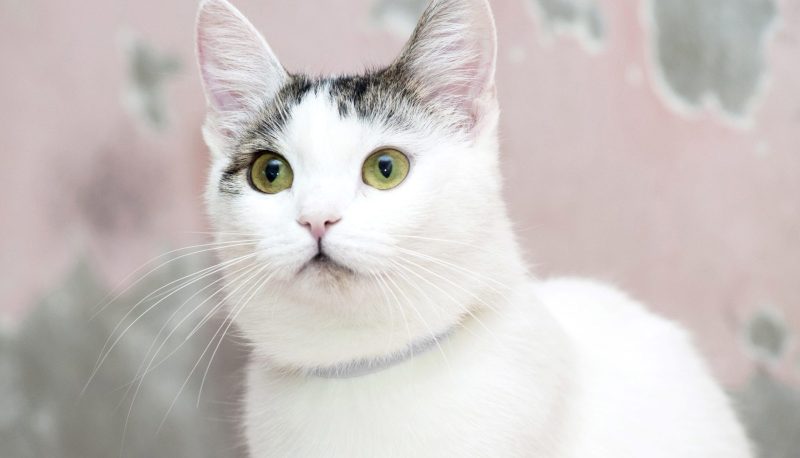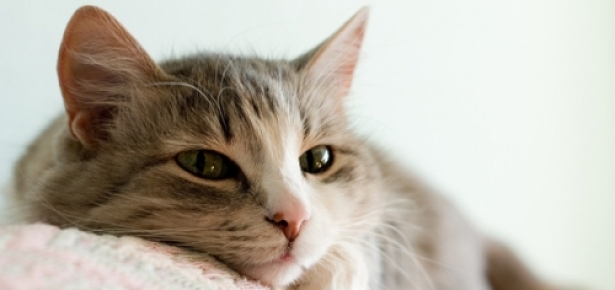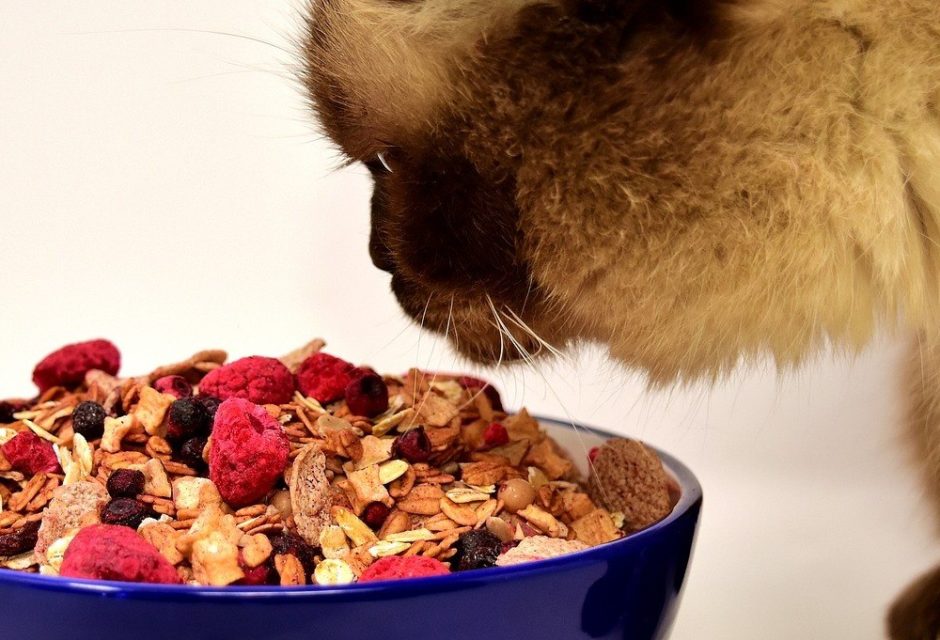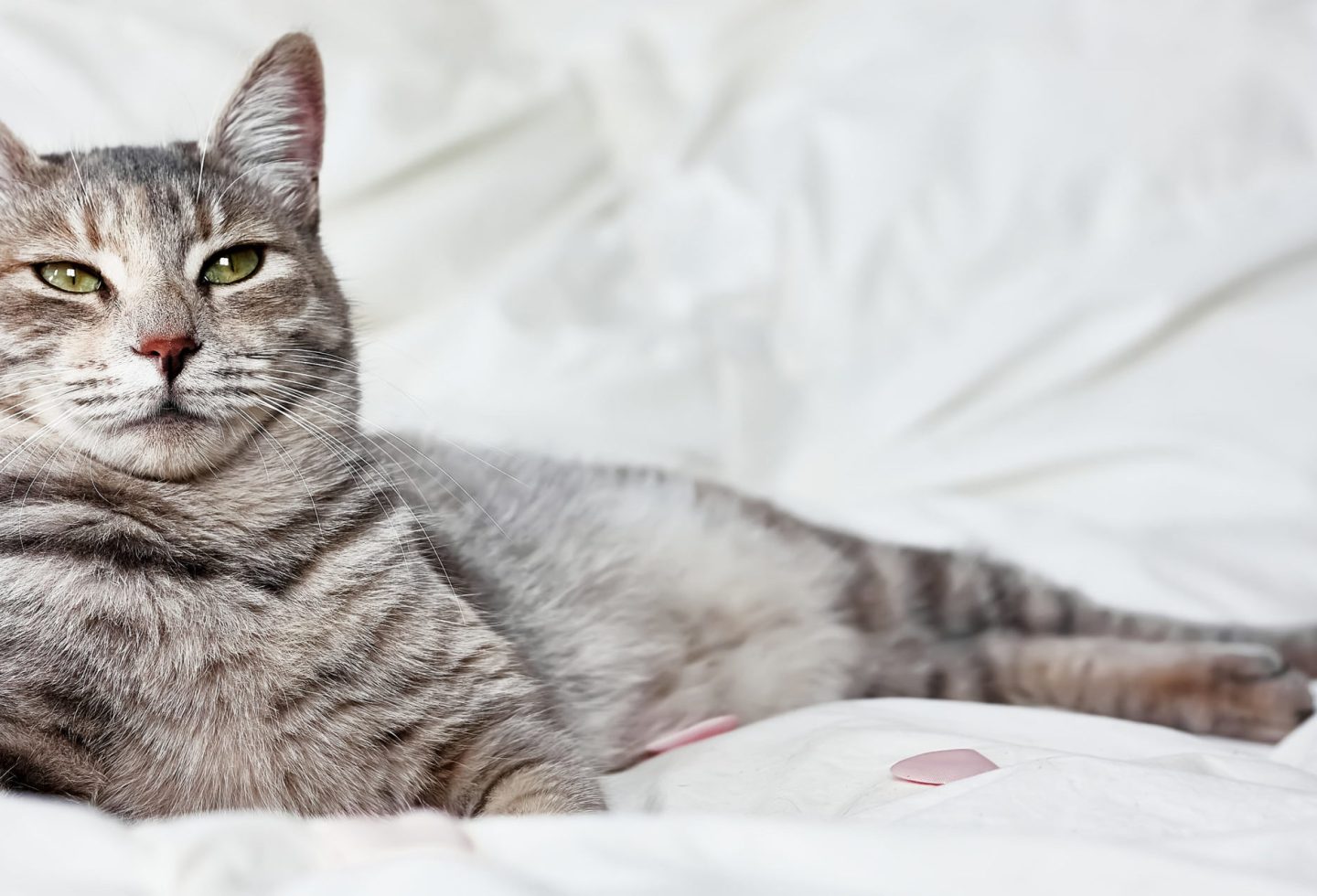
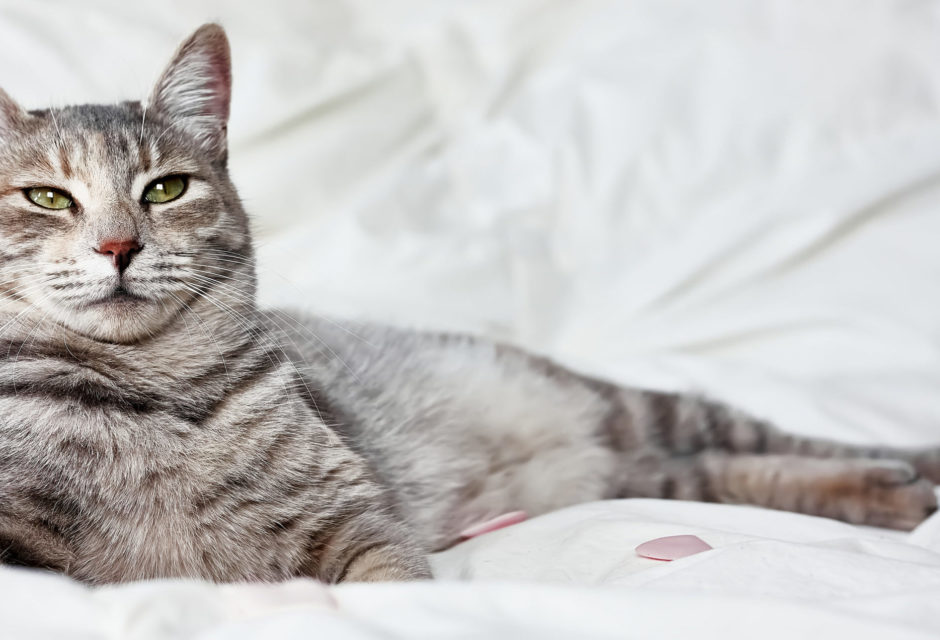
February for Felines
Best Friends Animal Society Offers Tips to Keep Your Pet Healthy During National Cat Health Month
They are the purr that heals, the curtain ninja that entertains, the in-house Zen master. They are the cats we invite into our homes and in February the spotlight is on their well-being during National Cat Health Month.
Pet cats are varied and complex creatures, whether they are devoted couch surfers, or indoor/outdoor cats that love to go on adventures with you in the backyard, walking on harness and leash or cruising in a stroller. And they rely on us to keep them healthy.
Dr. Erin Katribe, medical director for national animal welfare organization Best Friends Animal Society, urges people to look at every aspect of their life with you.
The Essentials
“Perhaps the most important thing you can do to keep your cat healthy is to ensure that you’re providing the basic essentials in the best way possible. These essentials are food, water, litterbox, and exercise.
“Cats’ ancestors didn’t eat or stay hydrated the same way that our house cats do; the dry kibble that is most convenient for owners to feed is very different than their natural diets. If you are able to feed your pet canned food it is a much closer approximation to their ancestral diets than is dry,” Katribe said.
More attention is being paid to the obesity problem in pet cats, Katribe said. “It can lead to diseases like diabetes (feline diabetes is very similar to Type 2 diabetes in people), so keeping your cat at a healthy weight by monitoring and adjusting their food quantity is key to keeping them healthy. Obesity can also lead to arthritis and joint pain. Your veterinarian can help you determine what a healthy weight is for your pet and can guide you through modifying their diet and amount of food in order to achieve that healthy weight.”
Which brings us to how important exercise is for cats. “It’s not just dogs that need exercise – cats need it, too,” Katribe said. “While you can harness and leash train cats and many felines enjoy this, most pet cats prefer a more private form of exercise. Providing toys and engaging them in play with laser pointers or string toys for exercise are great ways to keep them active. This is not only is mentally stimulating but can also help prevent obesity that can lead to other diseases.”
Nobody really wants to talk about litterboxes but for pet cats, this is an important topic, Katribe said. Litterboxes should be placed in convenient places for the cat rather than tucked away in a distant part of the house, in order to avoid behavioral misuse. If a cat starts urinating outside the box, it might be due to a number of causes. Dirty boxes or boxes placed too far out of the way can contribute, or it may be due to a much deeper problem, like urinary infections or kidney disease. See a vet right away if you notice litterbox habit changes.
Veterinary Care
One way to keep your cat healthy is to schedule regular wellness visits with your veterinarian, Katribe said. These visits not only include vaccines to prevent disease (important even for indoor cats), but also include a thorough physical exam and additional testing that can be key in catching illness early.
“Cats are masters at hiding illness, what likely evolved as a survival tool in their ancestors; what this means for the cat parent, though, is that when Fluffy starts to actually show signs of sickness, her situation may be much more serious than you think, and something has been going on for a while. If you do notice even small changes in your cat’s health or behavior, it’s better for both of you to see a vet sooner rather than later. Addressing problems early will mean a much greater chance of successful treatment and will likely mean less stress on her and less financial expense, too.”
Helping Cats Get Back Home
One of the most stressful events that can happen in a pet parent’s life is losing their pet companion – for cats, this might mean an indoor-only cat slipping out the door, or an outdoor cat not returning home according to the normal routine. For cats that end up in our nation’s animal shelters, only about 5% of them make it back to their owners.
“One way that we can increase the number of cats returned to their families is by using identification,” Katribe said.
Collars and tags are a low-tech way to achieve this, and anyone can read the tag and help the pet get back home. But Katribe cautioned that cats may lose their collars, “So an even better solution, in addition to a cat-specific collar, is a microchip. Microchips are small pieces of technology, about the size of a large grain of rice, that are implanted under the skin. When the pet is scanned with a microchip scanner, the scanner will display a number unique to that chip and that pet. If registered online (don’t forget this important step!), that number will link the pet back to your contact information. Shelters and animal control agencies generally scan pets when they enter the shelter, so this can lead to pets getting back to their homes much more rapidly, and with a greater chance of success.”
The Importance of Spay/Neuter
Spaying or neutering cats not only helps them live healthier lives, Katribe said, but it also helps save the lives of cats across the country.
“For the individual cat, sterilization can reduce or completely eliminate the chance of certain cancers, and it reduces unwanted or dangerous behaviors like urine marking, fighting, or roaming. And the sad truth is cats are twice as likely as dogs to lose their lives in our nation’s shelters, simply because there aren’t enough homes for all of them. Spaying and neutering pet cats prevents more kittens from being born and so allows for more of the cats that do end up in shelters the chance at life,” Katribe said.
Katribe added that progressive lifesaving strategies like community cat programs have been implemented in many shelters nationally as an alternative to cats needlessly losing their lives – check out Best Friends website for more information here.
Join the newsletter and never miss out on cat content again!
"*" indicates required fields
By clicking the arrow, you agree to our web Terms of Use and Privacy & Cookie Policy. Easy unsubscribe links are provided in every email.






